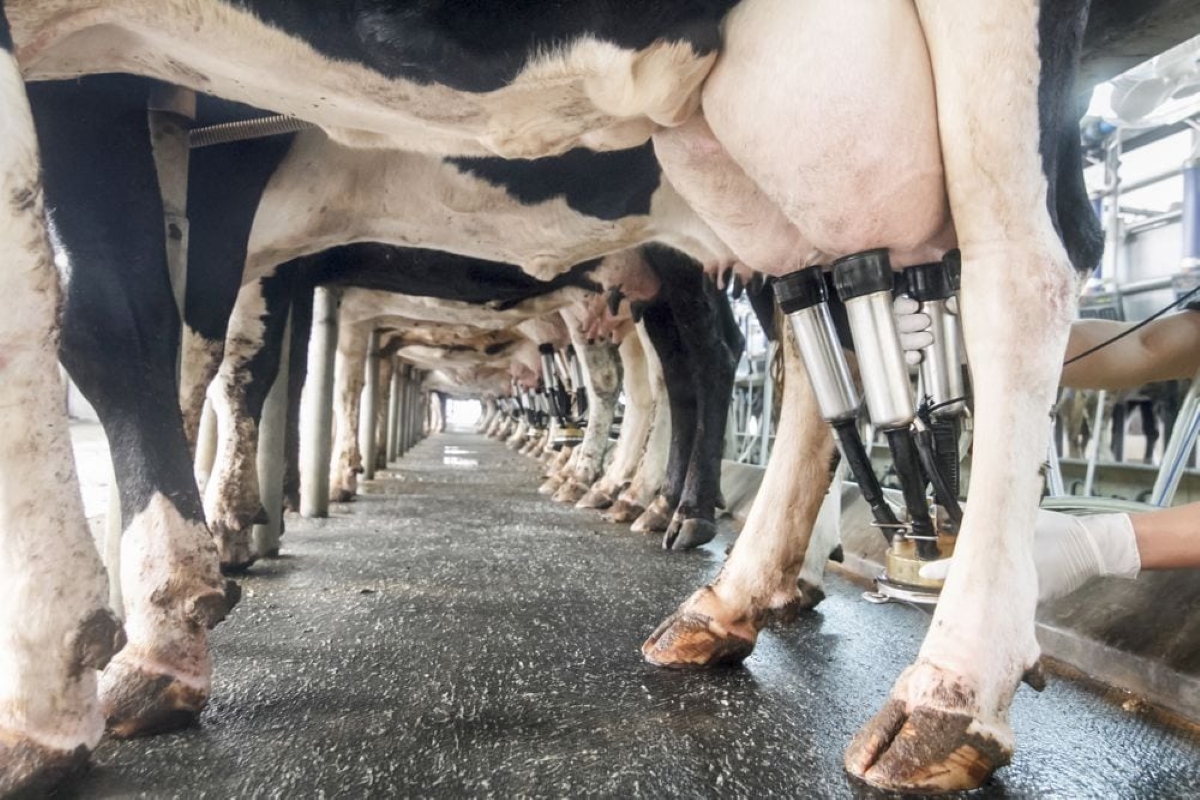Research from McGill University suggests there may be a link between a strain of E. coli in undercooked chicken and a risk of urinary tract infections in younger women who consume it.
McGill researcher Amee Manges, studying samples taken in the Montreal area between 2005 and 2007, in collaboration with the Public Health Agency of Canada and the University of Guelph, said her results show “strong new evidence” that E. coli from chicken sold at supermarkets, restaurants and elsewhere can cause common urinary tract infections.
Manges emphasized in a McGill release last week that eating E. coli-contaminated meat doesn’t directly lead to a urinary tract infection.
Read Also

USDA confirms bird flu case in Wisconsin dairy herd as new wildlife spillover
The United States Department of Agriculture on Friday confirmed that a case of highly pathogenic avian influenza in a Wisconsin dairy herd marked a new spillover event from wildlife to cattle, separate from previous outbreaks.
In women, however, it’s possible that the E. coli strain in question can pass through the digestive system and travel from the anus to the urethra during sex, which can lead to the infection.
Manges also stressed that the public “should not be alarmed,” but that consumers should cook meat thoroughly and prevent contamination of other foods in the kitchen.
Although some infections caused by these E. coli are resistant to some antibiotics, the infections can still be treated, Manges said. It’s hoped that understanding how the bacteria can be transmitted could help reduce infections, she added.
The research team from McGill, Guelph and PHAC is also looking at whether livestock treated with antibiotics may be passing antimicrobial-resistant bacteria to humans through meat processed for sale.
“These studies might open the door to discussions with policymakers… about how antibiotics are used in agriculture in Canada,” Manges said in McGill’s release. “It’s certainly something we need to continue studying.”
Manges’ work, part of a broader food safety study, is funded by the federal government in collaboration with the Canadian Integrated Program for Antimicrobial Resistance Surveillance, as well as the City of Montreal’s food inspection division.















